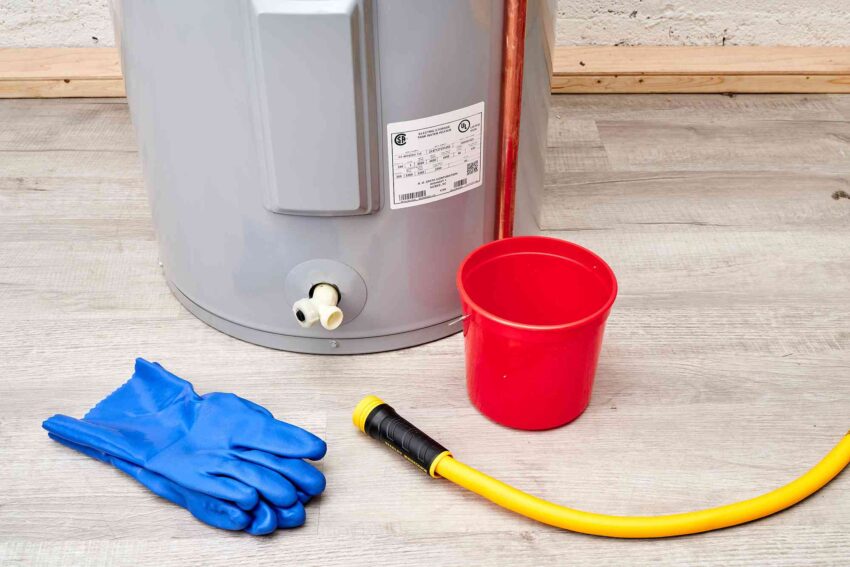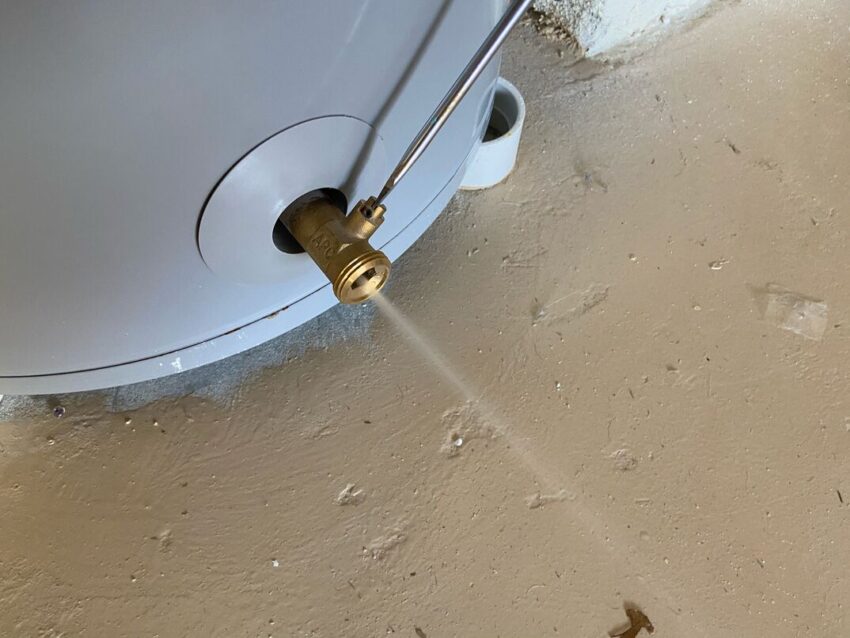Your water heater is a vital part of your home, providing you with hot water for bathing, cooking, and cleaning. However, like any appliance, it requires regular maintenance to keep it running smoothly and efficiently. One of the most important maintenance tasks for a water heater is draining it.
Drain your water heater regularly to remove sediment that builds up over time. This sediment can reduce the efficiency of your water heater and even cause it to malfunction. It can also make your water taste bad.
Additionally, if you want to see a visual representation of the process, you can search for a bathtub drain diagram. It can provide a helpful illustration of the drain valve and hose setup.
What You’ll Need

- A bucket or other container to catch the drained water
- A garden hose
- A wrench or adjustable pliers
- A screwdriver
- A pair of gloves
Instructions
- Turn off the power to your water heater. This is usually done by flipping a switch or circuit breaker.
- Turn off the cold water supply to your water heater. This is usually a valve located near the water heater.
- Open a hot water faucet in your home. This will help to drain the pressure from the water heater.
- Locate the drain valve on your water heater. This is usually a small valve located at the bottom of the tank.
- Open the drain valve. The water will begin to drain into the bucket or container you have placed below it.
- Once the water has drained, close the drain valve.
- Turn on the cold water supply to your water heater.
- Turn on the power to your water heater.
- Test the hot water in your home to make sure it is working properly.
Tips
- If the water is draining slowly, you can try opening the pressure relief valve on your water heater. This will release some of the pressure and allow the water to drain more quickly.
- If the drain valve is difficult to turn, you can use a wrench or adjustable pliers to loosen it.
- Be sure to wear gloves when draining your water heater to protect your hands from the hot water.
- If you have a gas water heater, be sure to ventilate the area well while you are draining it. The gas fumes can be dangerous.
Troubleshooting
- If the water heater does not drain properly, it may be because the drain valve is clogged. You can try clearing the clog with a wire hanger or a drain snake.
- If the water heater is not heating water properly, it may be because the sediment has built up in the heating elements. You can flush the water heater to remove the sediment.
- If the water heater is leaking, it may be because the drain valve is not properly sealed. You can tighten the valve or replace it if necessary.
Conclusion
Drain your water heater regularly to keep it running smoothly and efficiently. This will help to extend the life of your water heater and prevent costly repairs.
You may like to read What are some secrets to a good golf swing?

